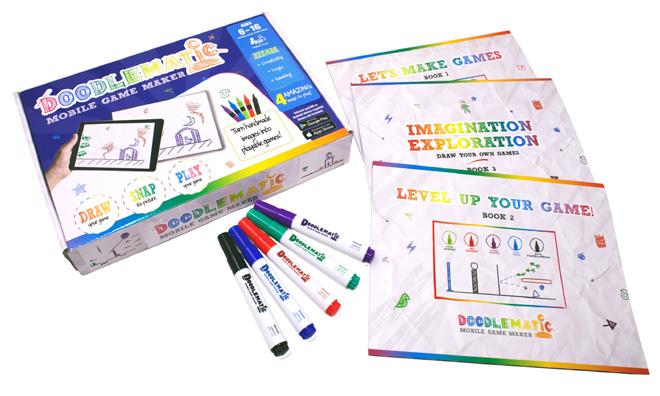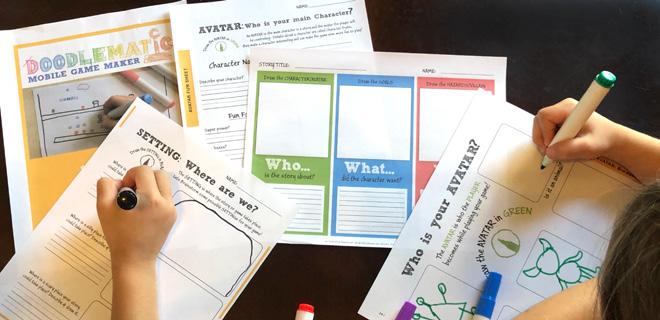
2 minute read
The Phygital World
By Alysha Horstman
“Phygital” refers to almost anything that uses technology as a bridge between the physical and digital worlds. The goal of a phygital experience is to create a seamless interaction between the two worlds through three key components: immediacy, immersion, and interaction. While continuous advances in technology have improved the speed of our digital connections, the challenge lies in creating immersion and interactivity — a flawless connection between physical and digital components that keep the user actively and emotionally engaged.
The phygital concept was first developed as a marketing strategy. However, industry leaders quickly recognized its innovative strategies as a critical component for success. Amidst the

COVID-19 pandemic, the phygital model has been thrust into the spotlight of educational practices and research. In the United States, the sudden reliance on eLearning resulted in varying degrees of success due to socio-economic disparities, challenges, and learning curves. Although technology integration has been at the forefront of curricula for at least a decade, there is still a great deal of growth that is not only possible but necessary. As schools toil to redesign their learning plans, it seems inevitable that eLearning will continue to be a key factor.
School leaders, teachers, homeschoolers and parents are searching for innovative technology that will span the physical and digital divide to better serve students. The most successful of these plans will undoubtedly include phygital experiences. Despite the sudden transition, some educators discovered strengths through the digital platform that allowed them to build personalized learning and support services for students. Pre-recorded and replayable lessons offered greater flexibility for students to move at their own pace, with more opportunities for review and clarification and more time to pursue personal educational interests.
Although these silver linings show promise, they don’t fully tap into the potential of a truly phygital learning plan. To explore these possibilities, educational developers can find inspiration at the heart of early childhood education.
Recent research shows that a balanced blend of physical and digital play helps children develop creativity and problem-solving skills. The toy industry is currently exploding with innovations in this phygital play space and many companies are focusing their phygital efforts on STEM education, fusing fun with a focus. Parents and educators interested in amazing phygital STEM products that help with both virtual schooling and homeschooling should check out innovative, STEM-based platforms that teach game design while turning artistic creations into exciting playable games.
One is Tink Digital’s “DoodleMatic” ($29.99 through www.tinkdigital.com). Other phygital STEM platforms include “tori” by ISKN, Bandai Namco ($129 through www.tori.com), which shows mirror play, and Osmo’s Genius Starter Kit ($139) and expansion game bundles (from $29 to $79 through www.playosmo.com), which teach a variety of concepts — depending on the expansion packs that are sold separately.
As the world enters a new normal in the wake of the pandemic, new phygital experiences will provide the innovative solutions necessary to reenvision, enhance and rebuild the economy, education system and entertainment industry. !


